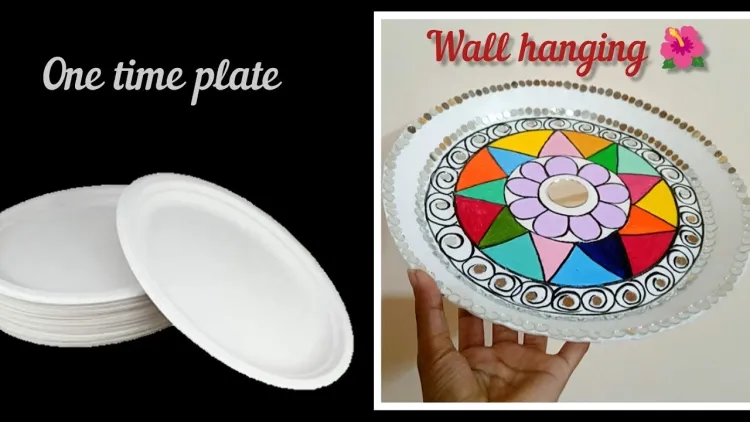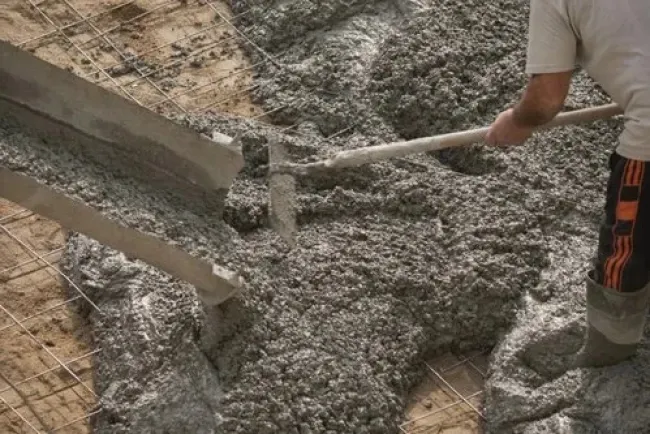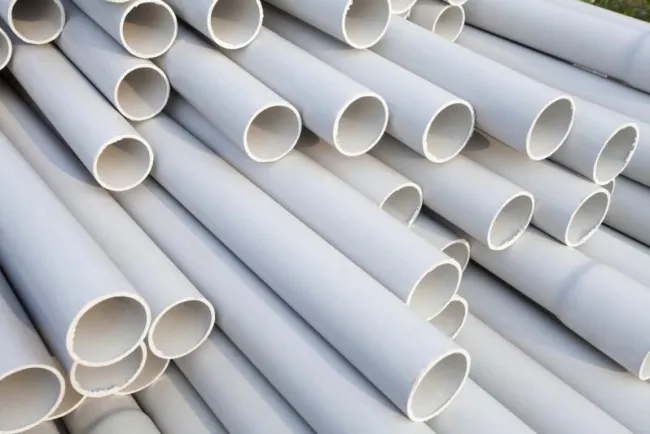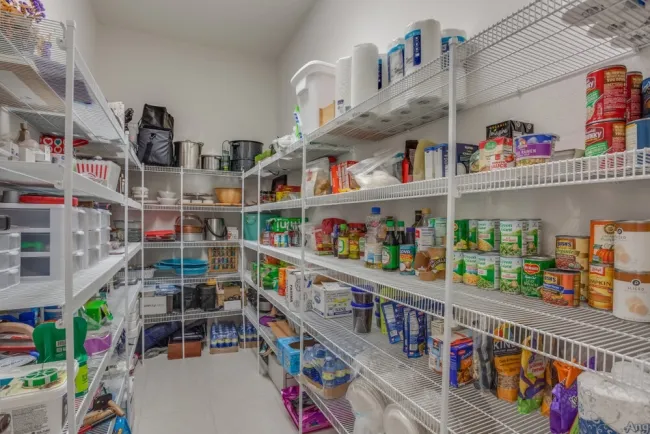How to Make PLM Plates and Their Designs...!!!
Manufacturing PLM plates involves a series of well-defined steps, from design and material selection to cutting, surface treatment, and testing. The designs of PLM plates vary based on their intended use, ensuring they meet the specific needs of different industries.

PLM (Product Lifecycle Management) plates are essential tools in various industries, including manufacturing and construction. These plates help manage and streamline the entire lifecycle of a product, from inception through engineering design and manufacturing to service and disposal.
1. Understanding the Purpose
Before starting the manufacturing process, it’s crucial to understand the purpose of the PLM plate. Determine the specific requirements, such as the type of product, the materials to be used, and the design specifications.
2. Designing the Plate
The design phase involves creating a detailed blueprint of the PLM plate. This can be done using CAD (Computer-Aided Design) software, which allows for precise measurements and intricate detailing. The design should include all necessary features, such as mounting holes, slots, and any other specific requirements.
3. Material Selection
Selecting the right material is crucial for the durability and functionality of the PLM plate. Common materials include steel, aluminum, and composite materials. The choice of material depends on factors such as the intended use, weight requirements, and environmental conditions.

4. Cutting and Shaping
Once the design is finalized and the materials are selected, the next step is cutting and shaping the plate. This can be done using CNC (Computer Numerical Control) machines, which provide high precision and efficiency. The plate is cut to the required dimensions and any necessary holes or slots are created.
5. Surface Treatment
Surface treatment is essential to enhance the durability and appearance of the PLM plate. This can include processes such as sandblasting, anodizing, or powder coating. These treatments help protect the plate from corrosion, wear, and tear.
6. Assembly and Testing
After the surface treatment, the PLM plate is assembled with any additional components, such as fasteners or brackets. The assembled plate is then tested to ensure it meets the required specifications and standards. Testing may include load testing, stress testing, and quality control checks.
7. Packaging and Delivery
Once the PLM plate passes all tests, it is packaged securely to prevent damage during transportation. The packaging should include protective padding and sturdy boxes. Finally, the plates are delivered to the customer or the next stage of the production process.

Designs for PLM Plates
PLM plates come in various designs, depending on their intended use. Here are some common designs:
-
Standard Flat Plates: These are the most common type of PLM plates, used for general purposes in manufacturing and construction.
-
Hole Pattern Plates: These plates have pre-drilled holes in specific patterns, allowing for easy mounting and alignment.
-
Customized Plates: These plates are designed to meet specific customer requirements, including unique shapes, sizes, and additional features.
-
Protective Base Plates: These plates are designed to provide a stable base for machinery and equipment, often featuring anti-vibration properties.
-
T-LOCK Plates: These plates have a T-shaped locking mechanism, ensuring secure attachment and easy installation.
Manufacturing PLM plates involves a series of well-defined steps, from design and material selection to cutting, surface treatment, and testing. The designs of PLM plates vary based on their intended use, ensuring they meet the specific needs of different industries. By following these steps and considering the appropriate designs, manufacturers can produce high-quality PLM plates that enhance productivity and efficiency.
What's Your Reaction?

















